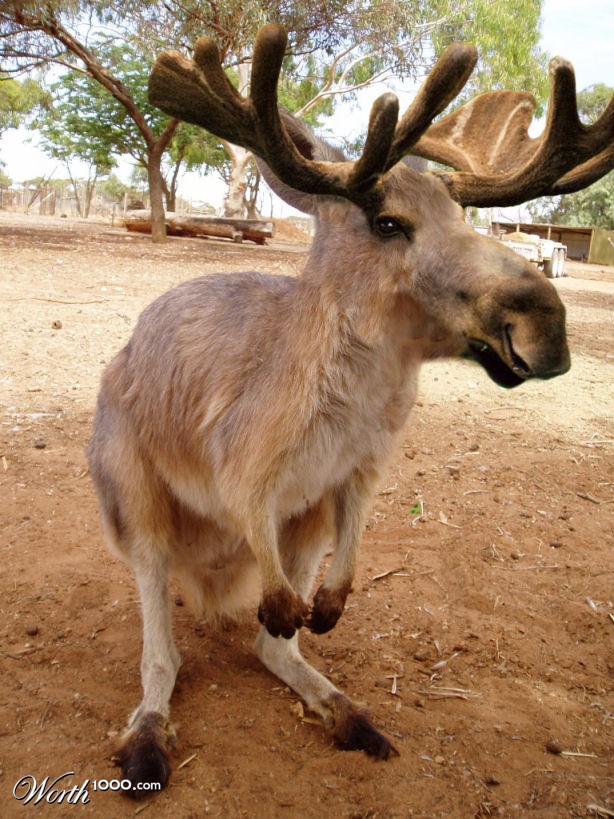
Canada played an unexpectedly large role at this year’s Shangri La dialogue, and in a way that shows the challenges of building closer defence ties in the region. Minister of National Defence Peter MacKay has attended the last three dialogues, each time bringing with him impressively senior teams of officials. MacKay’s message on this occasion was unambiguous: Canada wants to be regarded as a player in Asia-Pacific security.
In
his speech MacKay twice pitched the case for Ottawa to join the ASEAN Defence Minister Meeting Plus (ADMM+), the current eight ‘plus countries being the US, China, Australia, New Zealand, Russia, India and Japan:
The ADMM+, for instance, is becoming a locus for consultation – a gathering that fosters real trust and cooperation and one that Canada would very much like to join.
In
answering a question MacKay elaborated his thinking on Canada’s interest:
What I do see is the ADMM to a large degree replicating in this region the role that NATO plays for the Atlantic and bringing countries together around the table to have very detailed and dynamic discussions about the security of this region. That is why, as clearly stated, Canada wants to be a part, wants to be at that table, wants to be able to contribute.
In reality it would be hard to think of a forum less like NATO than ADMM, with or without the plus. The second ministerial level ADMM+ will take place in Brunei later this year. It was foreshadowed that a sixth expert working group—on humanitarian mine action—will be added to the list of intercessional activities. A maritime exercise involving around 2,000 personnel and seven ships from the 18 member countries will be held. But only a polite doting aunt could really believe that ADMM gatherings ‘have very detailed and dynamic discussions’ about anything. And the same kindly relative would presumably agree with Singapore Defence Minister Ng En Hen’s
description of the exercise as 'moving boldly'.
In the absence of anything better, ADMM+ is great to have but NATO it isn't. MacKay received the
most polite rejection from Ng:
I welcome the interest of other countries in the ADMM+ mechanism, but it is with the view of this constant tension between having more representation and delivering effective outcomes that shapes our decisions.
Judged even by the minimal standards of the ADMM+, Canada isn't yet seen to be offering the kind of effective outcomes ASEAN wants.
This was the backdrop to a gathering after the Shangri La dialogue that ASPI hosted with our Canadian colleagues at the Centre for International Governance Innovation (CIGI). Together we're
working on a project to explore and promote the ways that Canada and Australia can enhance their security cooperation and contribute to more stable regional security environments and governance mechanisms in the Asia-Pacific region. Our efforts will culminate in a joint piece of work early in 2014. The Singapore gathering was an initial exploration of the issues. To my mind four questions emerged as key discussion points—these were the ‘Kangamoose’ in the room—a rather alarming creature whose characteristics need to be addressed:
- Is Canada really serious about wanting to build closer security engagement in the Asia-Pacific?
- Does Canada need Australia to help achieve its regional objectives?
- Does Australia really want Canada to be active in the region?
- What value does Canada bring to Australia by its presence in the Asia-Pacific?
Our joint study will develop more considered answers but my initial (and personal) conclusions are these. First, Canada is serious about wanting closer strategic engagement, but is currently underestimating the costs of entry. While attendance at the Shangri la Dialogue is useful and laudable, the real demonstration of Canadian seriousness needs to be made through practical defence engagement. That’s clearly a tough message in Ottawa right now, given serious defence funding pressures. But real priorities attract funding.
Second, Canada doesn’t necessarily need Australia as part of this effort. The currency of defence engagement in the region is effective bilateral cooperation and Canada will need to identify a number of countries with which it can build those ties. Relations with Australia, though, will surely help. We know the region well and have lots of lessons to share about better (and worse) ways of engaging. We need to make sure that our efforts align and don’t counteract each other.
The third and fourth questions are related. Australia should want Canada to be an active player in the region. It helps our interests to have a considerable middle power with values very close to ours to be engaging with the rising powers in the Asia-Pacific. Canberra would surely value an Ottawa that engaged Indonesia on illegal people-movements, for example, and Beijing on military transparency. Multipolarity means that it’s becoming harder to have a strategic voice that others listen to and there's some risk that Australia and Canada will elbow each other in the rush to regionally engage. But surely we're smart enough international actors to focus on the mutual benefits rather than compete for the biggest antlers in the room?
The agenda for Australian and Canadian bilateral engagement as it relates to the Asia-Pacific is substantial. There's more we could do on cyber security, on China and on understanding the opportunities that come from our newly-discovered defence cost consciousness. The challenge, really, is to get over the psychological barrier of the flying-time between Canberra and Ottawa and start to think creatively about what we can do together.
Peter Jennings is executive director of the Australian Strategic Policy Institute. Image reproduced with permission from Worth1000, artist Momsen. Print This Post
Print This Post